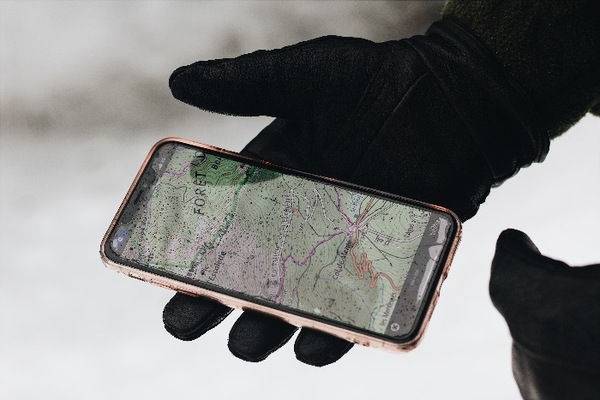
Modern technology is used for many lifestyle conveniences as well as being used to save lives. In the early 2000s, these two roles of technology merged when Social Sentinel (now Navigate360 Detect) was created. Since 2015, U.S. universities have used Social Sentinel, a technology monitoring company that tracks students’ social media behavior for the stated purpose of identifying intentions to harm themselves or others. 37 universities are confirmed to have used Social Sentinel, although the true number of institutions may be much higher. The company argues that if used correctly, the technology can help save lives.
The app model is fairly simple: experts in linguistics, mental health, and public safety worked together to build a library of more than 450,000 words and phrases that set off its algorithm's alarm bells. Margolis has said that the software scans approximately one billion posts every day, from a variety of social media platforms. Social Sentinel is pitched to schools as a tool to help prevent school shootings and student suicides. To take advantage of the service, schools pay an agreed-upon subscription fee for a certain amount of time. For example, the University of North Texas signed a $15,000-a-year contract with Social Sentinel in 2015. Shawsheen Valley Technical High School in Massachusetts, on the other hand, paid $10,000 for the same service. The company is not transparent about the specific pricing model on its website, but it appears that institutions pay between $1 and $2 per student for the service annually.
As a student wrote in the Harvard Crimson, “there’s a fine line between watching and watching out for.” Many are debating on which side of the line universities using Social Sentinel fall. Is Social Sentinel’s service a case of proactive policing or an invasion of privacy?